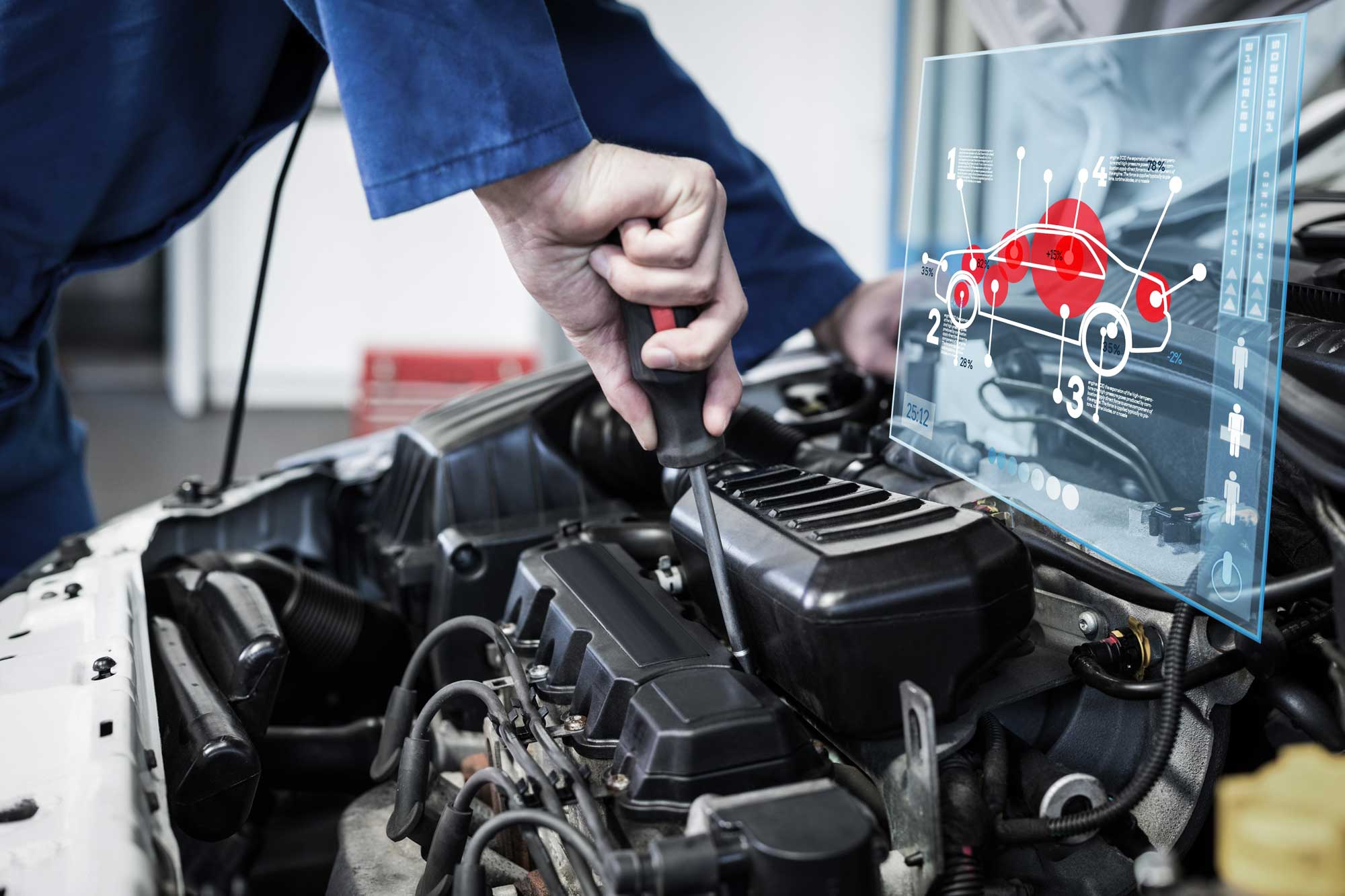All Categories
Featured

[/image]
When it involves vehicle upkeep, tires are typically one of the most overlooked parts, despite the fact that they play an essential role in the safety and security and effectiveness of your automobile. Tire turning and positioning are two necessary solutions that assist guarantee your tires use equally, last longer, and remain to carry out at their finest. Below's everything you require to know regarding tire turning and alignment and why they matter for your vehicle.
What Is Tire Rotation? Tire rotation is the procedure of relocating the tires from one position to an additional to make sure even put on across all four tires. The front and rear tires of a vehicle wear at various prices because of the weight distribution and the fact that the front tires take care of both steering and braking. By rotating the tires consistently, usually every 6,000 to 8,000 miles, you can cancel the wear and prolong the life of your tires.
In a lot of vehicles, the tires will be revolved from front to back, and in some cases, side-to-side, depending upon the tire kind and your auto's specifications. This makes sure that each tire births an equal amount of stress and anxiety and strain. Routine tire turnings additionally improve car handling and ride quality, as well as add to better fuel effectiveness.
What Is Tire Alignment? Tire placement describes readjusting the angles of your automobile's wheels to ensure they are positioned correctly according to the maker's requirements. Appropriate positioning makes sure that your tires are parallel to one an additional and vertical to the ground, which assists improve the total handling, stability, and life expectancy of your tires.
There are 3 essential aspects of placement:
Camber: The tilt of the wheels when seen from the front. If the wheels lean internal or exterior, it can cause unequal tire wear. Wheel: The angle of the guiding axis when seen from the side. Proper wheel placement ensures secure guiding and much better lorry control. Toe: The angle at which the tires aim inward or exterior when watched from above. Inaccurate toe alignment can cause tires to wear unevenly and affect handling. Imbalance can happen due to variables like striking gaps, visuals, or driving over harsh surface, and also regular driving over time can gradually create misalignment. Getting a positioning check every 1-2 years or when you see dealing with troubles is necessary for optimum tire performance.
Why Are Tire Turning and Positioning Important? Maximized Tire Life:. Tire rotation guarantees also use across all 4 tires, stopping early tire substitute. Misaligned tires put on unevenly, which can result in the requirement for more constant tire replacements. Both tire rotation and placement boost the lifespan of your tires, conserving you cash in the future.
Improved Security:. Correct placement aids maintain your automobile monitoring straight, improving stability and handling. Misaligned tires can cause pulling, which makes it tougher to regulate your lorry, especially at high rates or in emergency situation situations. Tire turning also guarantees your automobile's handling remains consistent, improving your capacity to stop rapidly and maintain control.
Much Better Gas Efficiency:. When your tires are appropriately aligned, they experience much less rolling resistance, implying your engine doesn't have to work as difficult to relocate the automobile. This lowers fuel consumption and improves gas mileage. Imbalance can create your tires to drag, bring about bad gas efficiency.
Smoother Trip:. Misaligned or unevenly used tires can create vibrations in the guiding wheel or vehicle body, which can be uneasy while driving. Regular tire rotation and positioning can offer a smoother and quieter experience, minimizing unneeded noise and resonances.
Indicators You Required Tire Rotation or Alignment. It is necessary to be mindful of cautioning indicators that your tires may require interest. Keep an eye out for:
Uneven Tire Put On: If you notice that one tire is a lot more used than others, it can be an indicator that it's time for a turning or alignment. Guiding Pulling to One Side: If your automobile draws away, specifically when you're driving straight, it can indicate imbalance. Resonances or Unusual Noises: If your wheel drinks or you hear a humming or yawping noise, your alignment could be off. Screeching Tires: A shrill squeal can signify misalignment or that your tires are put on erratically. If you observe any one of these indications, it's an excellent concept to have your lorry inspected as quickly as feasible to stop more damages to your tires or shock absorber.
How Usually Should You Revolve and Straighten Your Tires? Tire turning is usually advised every 6,000 to 8,000 miles or every six months, depending upon your car's manual and driving conditions. It's likewise a good idea to revolve your tires throughout oil adjustments to make certain they obtain the interest they require.
For placement, a lot of experts suggest having your tires lined up as soon as a year or if you observe any type of managing concerns. If you've recently struck a pocket, aesthetic, or another obstacle, it's a great idea to have your alignment inspected faster to prevent uneven tire wear.

Verdict: Keep Your Tires for Long Life and Security. Tire rotation and alignment are basic yet crucial elements of lorry upkeep that add to longer tire life, enhanced security, and much better gas effectiveness. By complying with the recommended solution periods for tire turning and alignment, you can ensure your tires stay in leading problem, providing a smoother and more secure driving experience. Regular upkeep aids you avoid unanticipated tire wear, expensive repair services, and prospective accidents, making it a smart financial investment for your cars and truck's total efficiency.
Latest Posts
Uncover the Premier Auto Repair Offers in Montclare, Chicago
Improve Your Residential Property with Expenses Door Solution
Discover Reduce Expenses on Car Maintenance with Montclare Auto Repair’s Special Deals